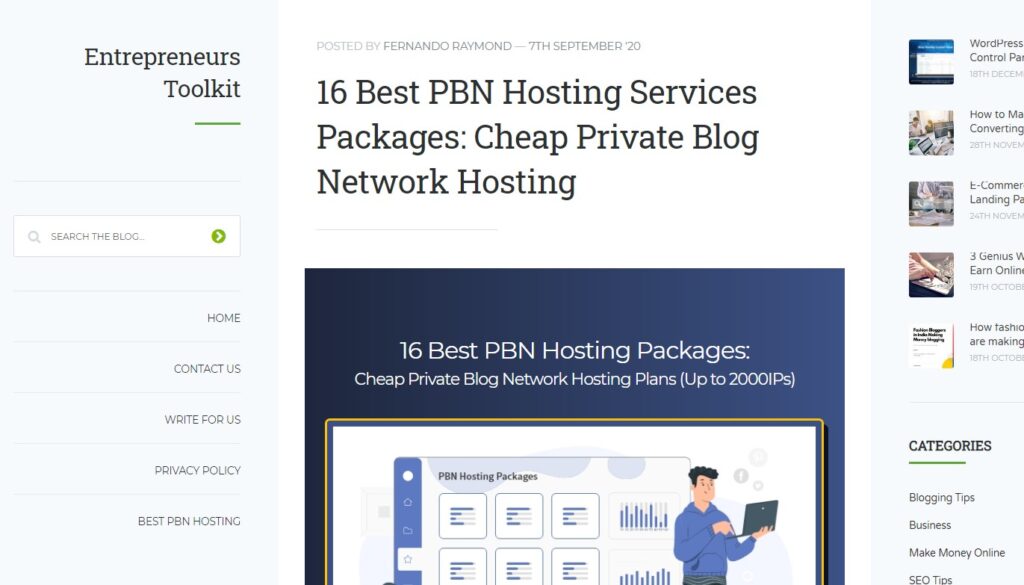All Categories
Featured
Table of Contents
- – How To Buy The Top Enhancing Seo With Semantics
- – What Is The Top Semantic Search Ranking Improv...
- – Who Is The Most Trusted Semantic Search Engines
- – Where To Buy The Top Semantic Seo Techniques
- – What Is The Premier Best Semantic Seo Tools ...
- – Top-Rated Semantic Seo Optimization Tools
- – What Is The Most Suitable Semantic Seo Analy...
The internet is altering, coming to be a growing number of semantic. Search engine optimization is also altering and becoming a lot more semantic. This is since online search engine have actually developed and are moving an increasing number of towards checking out material on the internet. Of course, that has likewise altered the method we produce content, particularly if we want to rate better in the search engines.
, the pioneer of the Web, mentioned to stand for the idea that all points in deep space are deeply interconnected. Intertwingularity is not usually recognized, people keep claiming they can make things deeply ordered, categorizable and sequential when they can not. Everything is deeply intertwingled. Based upon the partnerships in between search purposes, the internet search engine chooses a material ready by calculating the distance between the vectors of meaning.
It enables you to see, starting from a topic, all the entities that belong to that subject. This way you can plainly see which entities/concepts/ideas have actually already been covered on your website, and you can discover new possibilities by understanding what content you can add and just how to create it.
How To Buy The Top Enhancing Seo With Semantics
It has the ability to make your material easy to understand for internet search engine on the one hand and for your audience on the various other. Structuring your content design highlights your web content and its hidden relationships so that search engines can recognize you among numerous pieces of details, making you much more visible to individuals that fulfill the search intent relevant to your business.
In semantic search engine optimization copywriting, an editor begins from a broader variety of subjects and customizes the material to include semantically relevant terms and phrases that help viewers comprehend a topic, comparable to reading web content in a wiki. From a material writing viewpoint, one practical method to do this is to produce a vocabulary of terms and inquiries bordering your target subject.
What Is The Top Semantic Search Ranking Improvements
Find out more regarding by enjoying the by!.

Semantic search refers to the process of just how search engines comprehend and match key words to a searcher's intent in natural search outcomes. Prior to semantic search, internet search engine like Google ran like matchmakersaligning details words in your inquiry with those exact words on webpages. The outcomes were uncomplicated yet typically lacked depth.
Who Is The Most Trusted Semantic Search Engines
It makes it possible for Google to use quick, precise response to search inquiries concerning real-world topics. When you type a query word into Google, you're not just going into a sequence of words. You tap into an intricate internet of meanings and links. Google's Knowledge Chart sees these words as entities with context and partnerships.
When you look for "Apple," Google doesn't simply see a word that explains a fruit. It identifies Apple as a company and can provide relevant info. It was Google's answer to the surge of voice searches, where inquiries became more conversational and nuanced.
Where To Buy The Top Semantic Seo Techniques
By integrating NLP, Hummingbird enabled Google to relocate beyond plain keyword matching. It assisted the search engine comprehend search intent, boosting the odds that results would accurately match the factor behind a user's search.
RankBrain is an artificial intelligence system that helps Google translate queries it hasn't seen before. It can make assumptions concerning words and phrases it does not acknowledge and filter results accordingly. Making it extra effective at dealing with never-before-seen search queries. RankBrain considers greater than just search phrases when examining a search query.
It brings results that match the keyword phrases and straighten with the total intent of supplying pup training suggestions. And if the customer regularly searches for dog-related web content, Google could focus on a lot more in-depth training guidesrecognizing the user's continuous passion in the topic. Combining modern technologies like the Knowledge Graph, Hummingbird, and RankBrain, semantic search aids the Google algorithm interpret and link information throughout a substantial internet of info.
What Is The Premier Best Semantic Seo Tools Company
The focus changes from keyword option to a holistic approach encompassing individual intent, topical relevance, and general customer experience. Developing web content that resolves the searcher's demands with extensive information can boost your SERP positions.
And sort of web content can best satisfy their needs. A broader strategy to content aligns better with semantic search's change away from precise search phrase matching and towards individual intent. Which describes the raised concentrate on subject collections, as opposed to individual search phrases. Web content that covers search queries better not just pleases individuals.
UX aims to create an aesthetically appealing, easy to use interface with interesting, quality web content that urges visitors to stay. Semantic search innovation allows search engines to aim for results that provide the best possible UX.
Top-Rated Semantic Seo Optimization Tools

All showcase Google's capacity to deal with a subject inquiry thoroughly. By comprehending the context and intent behind individual queries, search engines can provide much more relevant info and possibly increase individual involvement. Customization in search engine result makes for far better UX.Based on your previous search history and preferences as an individual, semantic search assists online search engine customize the outcomes to suit your special demands and rate of interests.
So it fetches outcomes that match the search phrases and align with the total intent of providing puppy training suggestions. And if the individual regularly looks for dog-related content, Google might focus on more in-depth training guidesrecognizing the user's ongoing rate of interest in the topic. Integrating innovations like the Knowledge Chart, Hummingbird, and RankBrain, semantic search aids the Google algorithm interpret and link data across a substantial internet of info.
What Is The Most Suitable Semantic Seo Analysis Plan?
The emphasis shifts from keyword selection to an all natural technique encompassing user intent, topical importance, and total user experience. Developing content that deals with the searcher's needs with detailed information can enhance your SERP positions. Listed below, we describe the fads and practices that settle the demand for semantically informed web content. Later on, we offer actionable ideas to turn these insights into finest techniques.

And sort of content can best satisfy their needs. A broader technique to content aligns better with semantic search's change far from specific keyword phrase matching and toward individual intent. Which clarifies the enhanced concentrate on topic clusters, instead of private key words. Material that covers search queries a lot more extensively not only pleases customers.
And 5 times greater than sites that take 10 secs to tons. While technical search engine optimization makes certain optimum web site efficiency and availability, concentrating on individual experience (UX) takes it a step better. UX intends to create a visually enticing, easy to use interface with engaging, quality material that motivates visitors to remain. Semantic search innovation allows search engines to aim for results that offer the best feasible UX.
All showcase Google's capability to attend to a subject question adequately. By comprehending the context and intent behind customer questions, internet search engine can supply extra pertinent details and possibly boost individual interaction. Personalization in search results creates much better UX.Based on your previous search background and choices as an individual, semantic search assists browse engines customize the results to suit your special demands and passions.
Table of Contents
- – How To Buy The Top Enhancing Seo With Semantics
- – What Is The Top Semantic Search Ranking Improv...
- – Who Is The Most Trusted Semantic Search Engines
- – Where To Buy The Top Semantic Seo Techniques
- – What Is The Premier Best Semantic Seo Tools ...
- – Top-Rated Semantic Seo Optimization Tools
- – What Is The Most Suitable Semantic Seo Analy...
Latest Posts
How Much Should I Pay For Semantic Seo Tools?
What Are The Top 10 Semantic Seo Best Practices?
How Do I Find A Seo With Semantic Search Service?
More
Latest Posts
How Much Should I Pay For Semantic Seo Tools?
What Are The Top 10 Semantic Seo Best Practices?
How Do I Find A Seo With Semantic Search Service?